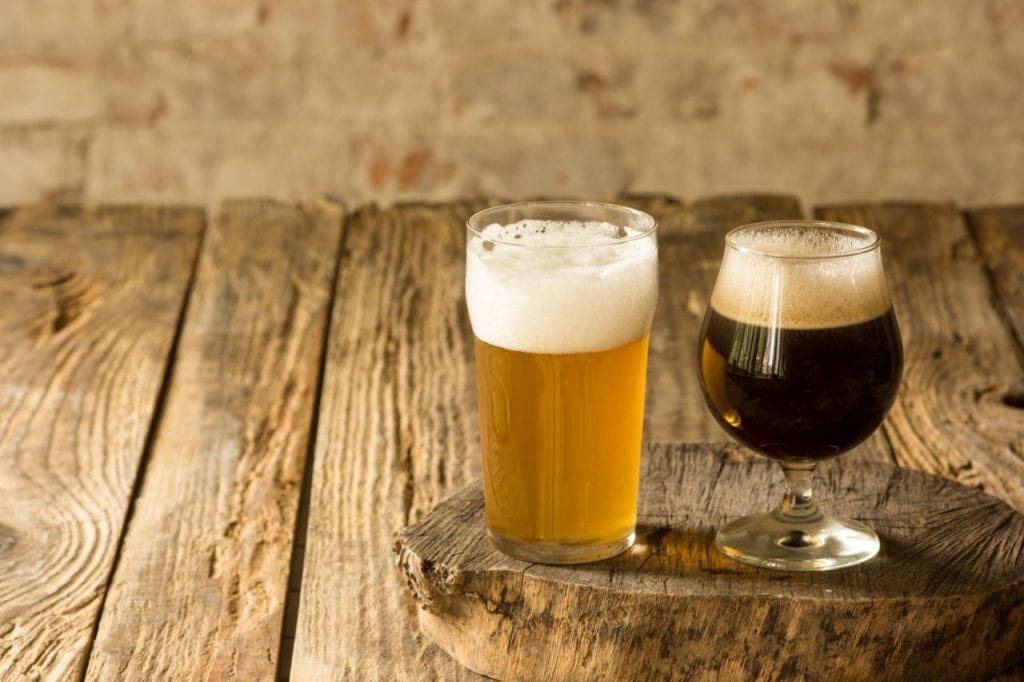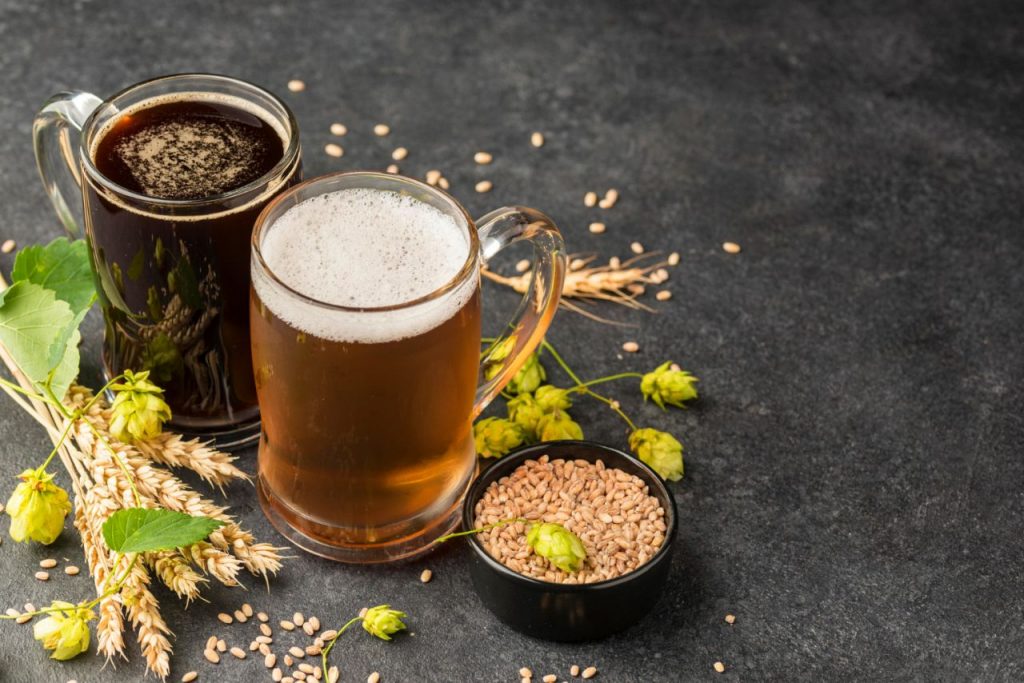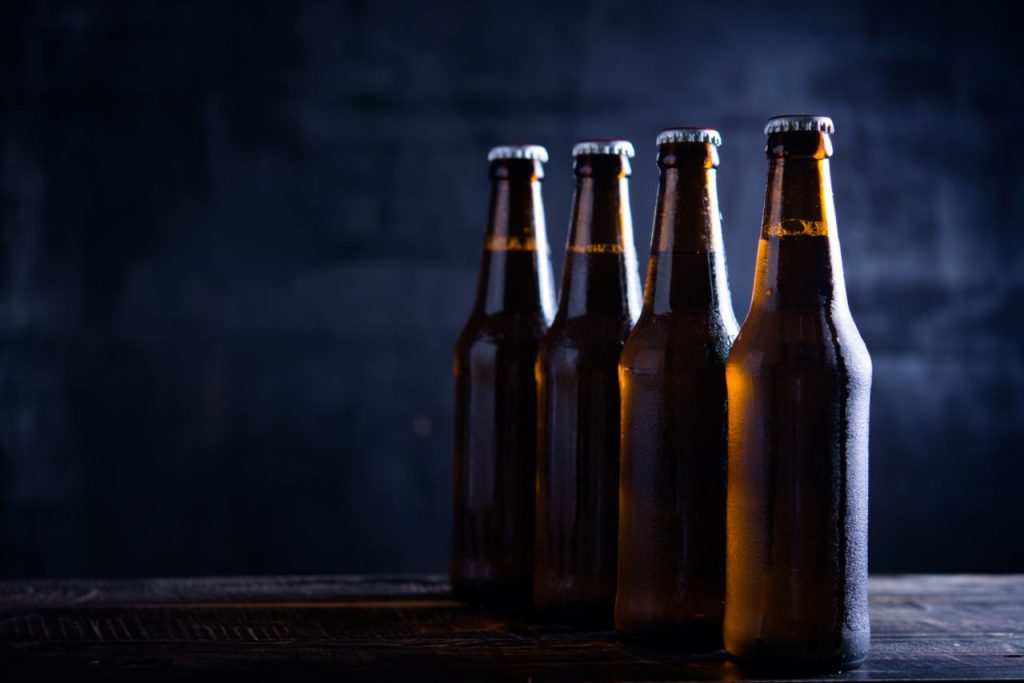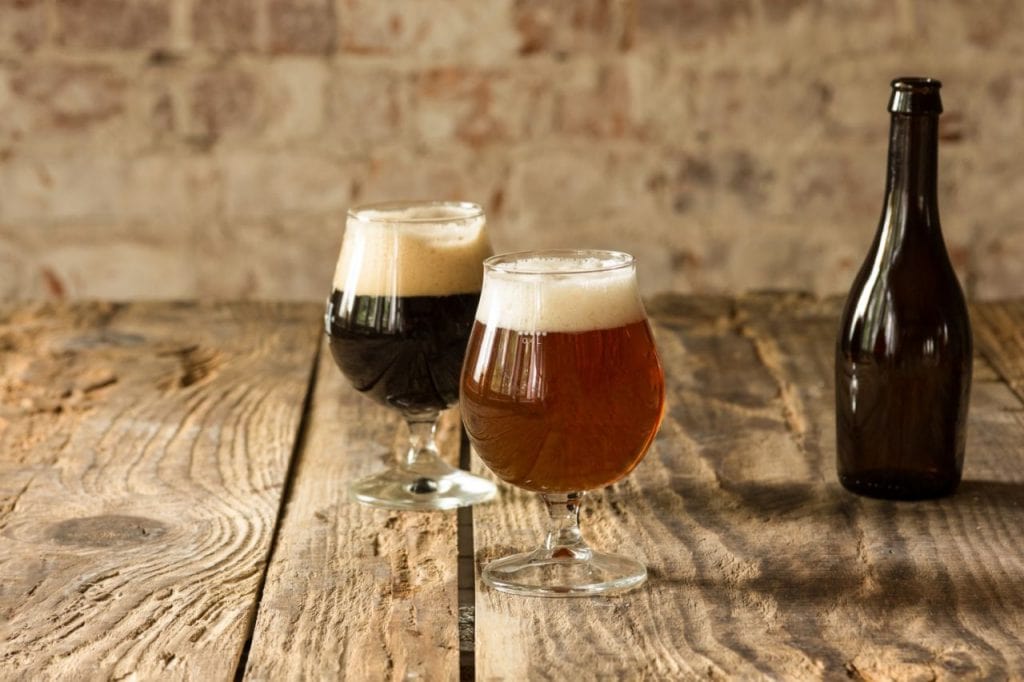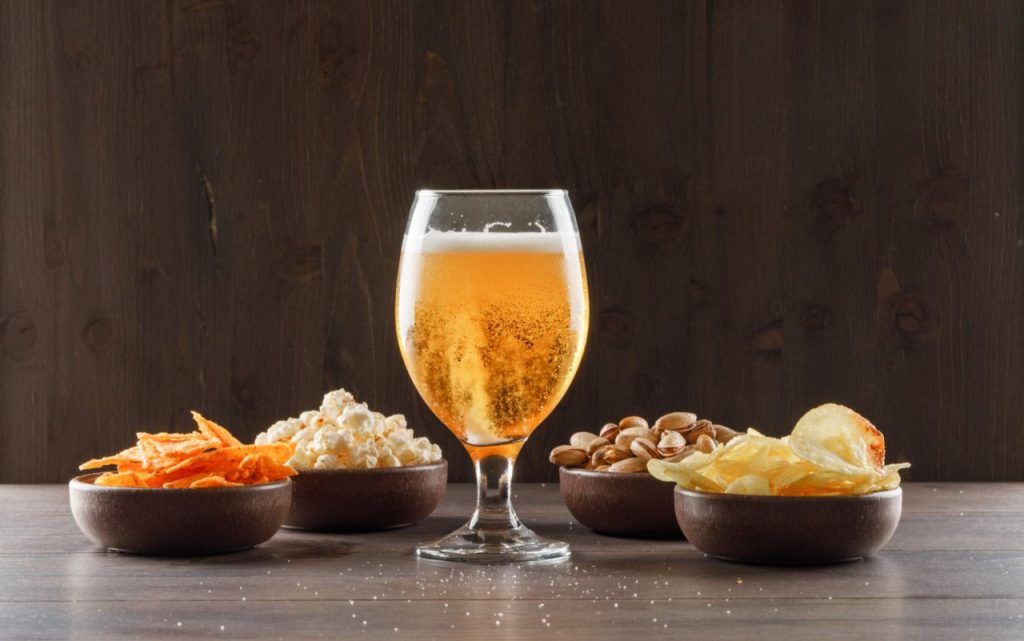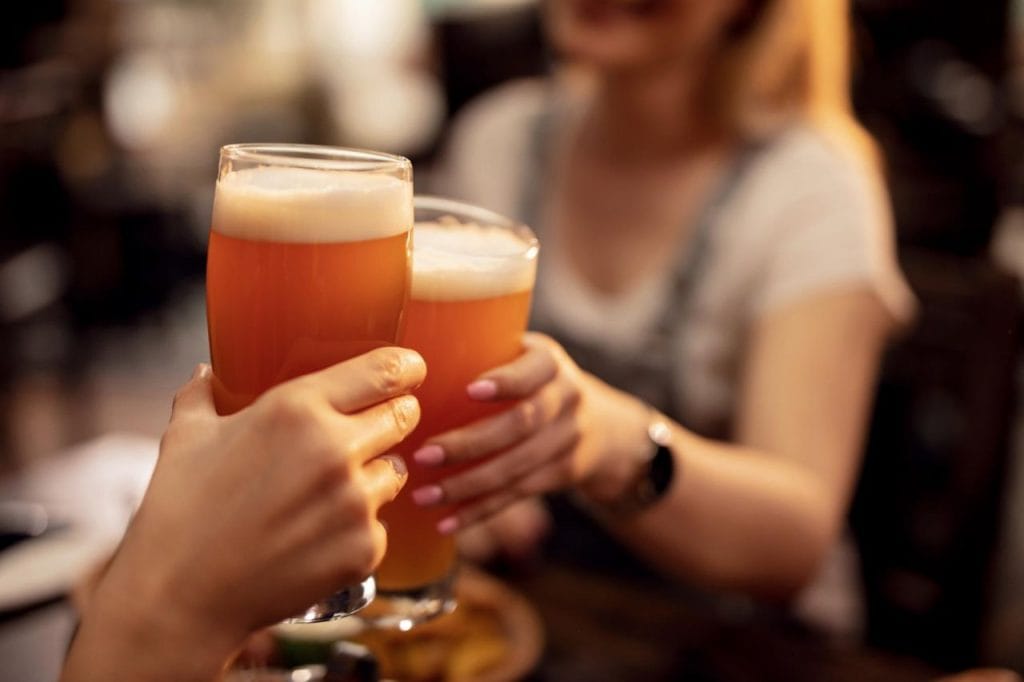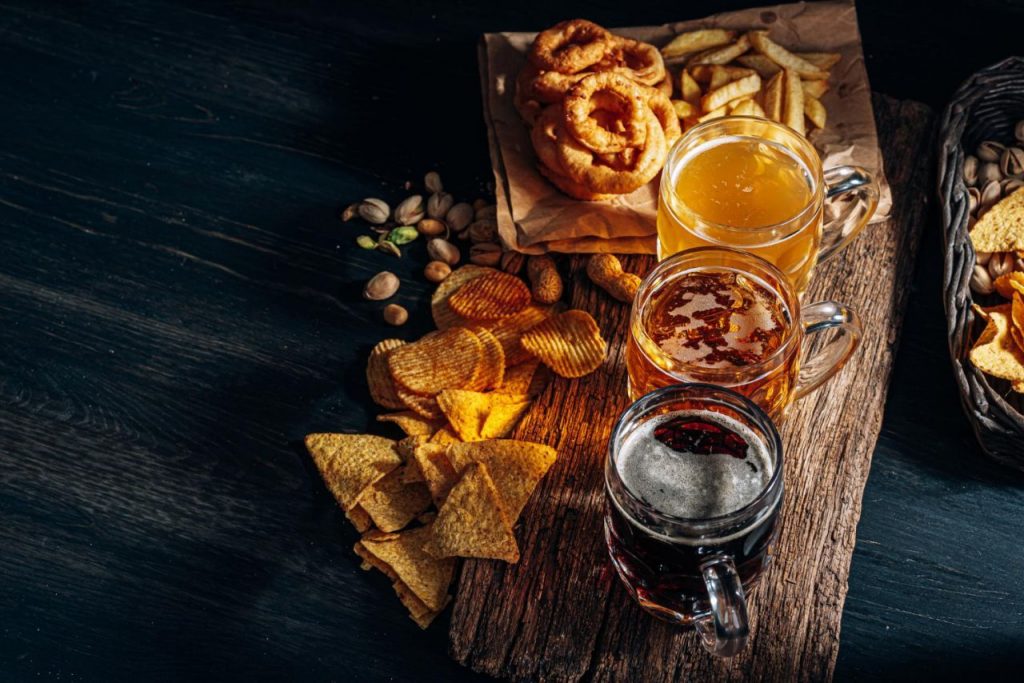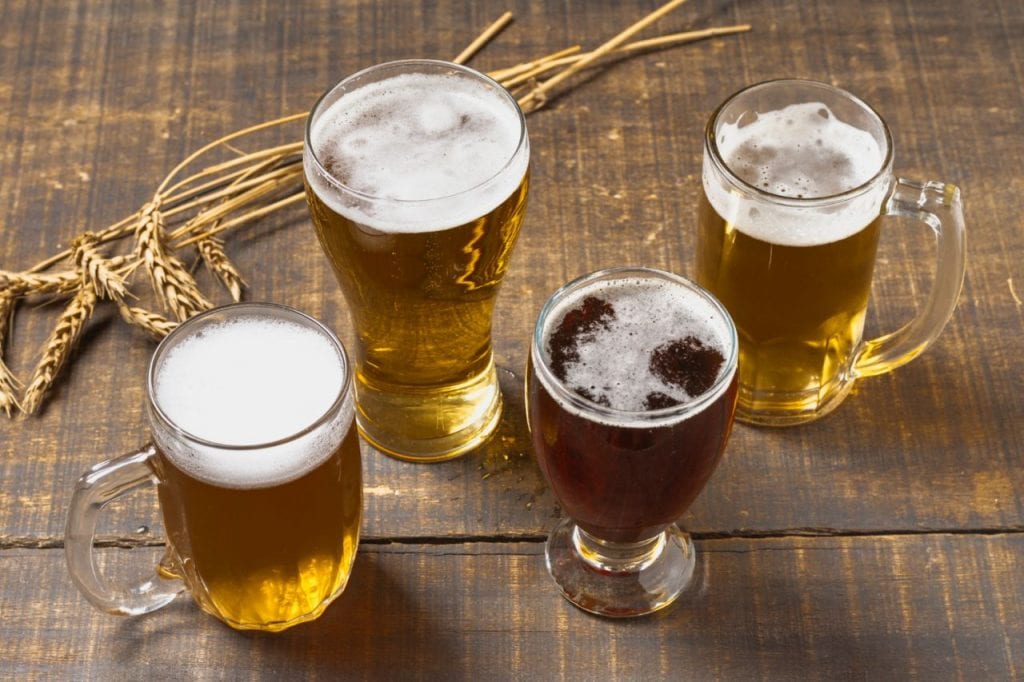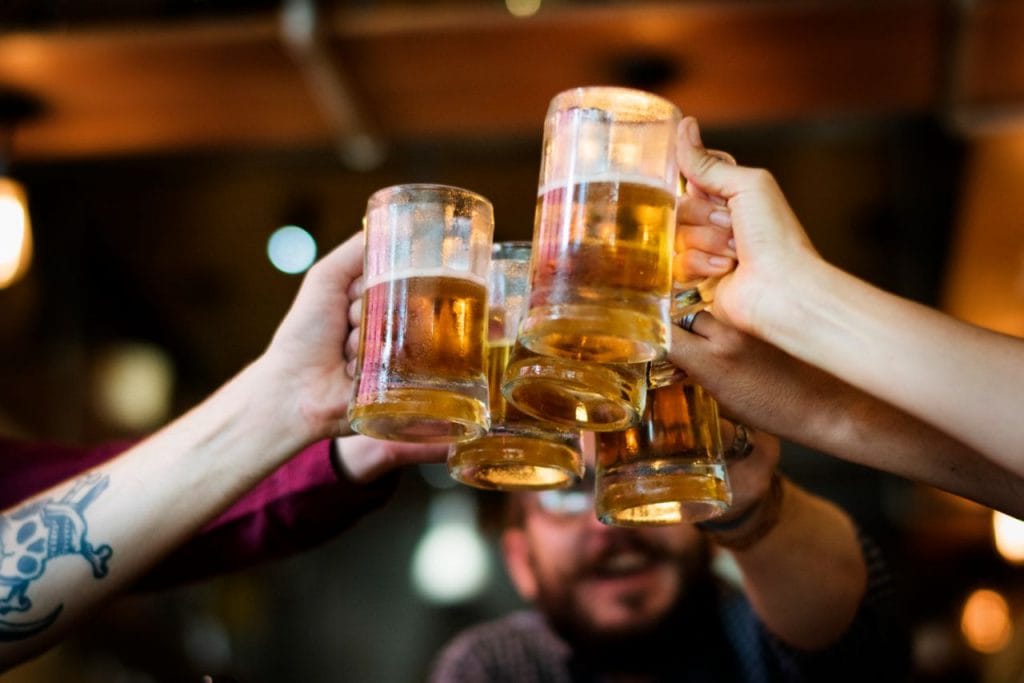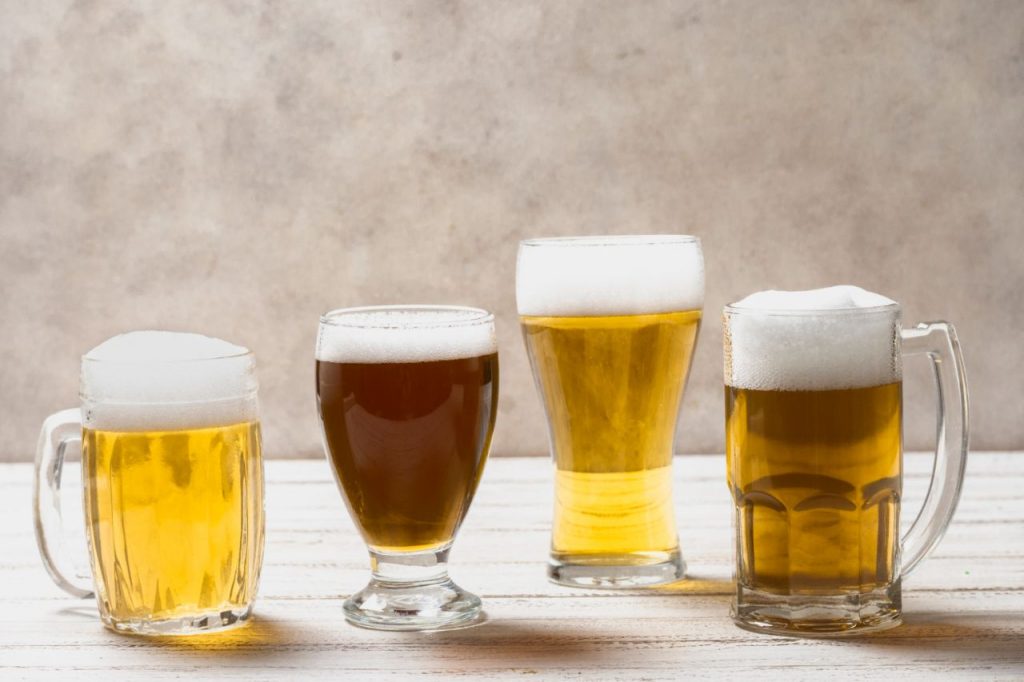Nowadays, you can find craft beer at just about any pub or brewery in your area. As a result, the craft beer industry is thriving; in Australia, despite a general fall in beer and alcohol use, it is the only beer market sector expanding steadily.
Draught, or draught, beer is the most popular among beer drinkers because of its fresh flavour and foamy head.
The following are some of the most important aspects of draught beer that set it apart from the competition and explain why it is widely regarded as the best way to showcase the brewing arts:
What Is Draught Beer?
Beer delivered directly from a cask or keg is sometimes referred to as "draught beer." Instead of being packaged in a container or bottle, it is served from the taps at bars.
The expression "keg beer" is also common. This is keg beer, which was stored under pressure until served. This means that while all draught beers are keg beers, not all are draught beers.
Beer that comes in cans is another variety. It's all in the beer's carbonation, despite the apparent contradiction. Widgets are small plastic containers filled with gas, typically nitrogen, used in a canned draught.
The widget is freed from its confines by releasing the air pressure within the can. When the beer is poured, the gas bubbles burst, forming the foamy top of head. The end product resembles beer served from a tap, hence the name.
Some things don't fit neatly into these categories, though. For example, some breweries use the phrase "draught beer" as a marketing gimmick because of the widespread belief that it is superior to bottled beer.
Kegs are used to hold beer until it is ready to be poured. Many prefer draught beer because they believe it to be fresher and tastier than bottled or canned beer. Beers in these containers are fuller and more flavorful than in bottles or cans. Delivery to a pub or restaurant from the time of kegging is often within a few days.
The beer is kept fresh because the stainless steel kegs prevent the light from deteriorating the flavour. Furthermore, they prevent oxygen from getting in, which maintains the beer's freshness and crispness. Restaurants can save money by buying beer in bulk from breweries and then serving it on tap.
Is Draught Beer The Same As Real Ale?
The question of whether or not draught beer and true ale are interchangeable is another source of ambiguity. As we've seen, a cask or keg can be used to store draught beer. However, real ale has traditionally only been served from a cask. However, the term has expanded to include some bottled brews as well. An organisation in Britain called Campaign for Real Ale (CAMRA) popularised the phrase "real ale" to describe beers brewed using traditional methods. To be considered, a beer must fulfil some requirements.
It can't be filtered or pasteurised. The yeast in the ale must be alive when it is transferred to the cask. While it's there, a secondary fermentation process continues. In the opinion of devotees, this enhances the flavour and refinement of their favourite drink.
In contrast to keg-conditioned beer, Cask-conditioned beer does not have carbon dioxide introduced during the production process. As a result, the beer will be less carbonated than what you'd receive from a keg, but it won't be completely flat, either. To be considered a real ale, a beer must have a slight fizz, or effervescence, on the tongue.
Draught Beer Varieties In Pilsner Glasses
The term "draught beer" was coined when brewers started packaging their products in pressurised containers. This practice gained popularity in the early 20th century. Still, it was received with mixed reactions from consumers who felt that the sacrifice of beer flavour for longer storage had been counterproductive. Therefore, a cask, and not a pressurised container, was considered by purists to be the only acceptable source for draught beer.
As a compromise, keg beer was developed, but it was widely disapproved of due to the loss of flavour caused by the inactivation of the yeast during the serving procedure. Beer from a keg is pressurised with carbon dioxide to simulate beer's natural carbonation from a cask.
How Is Draught Beer Stored?
The stainless steel barrel used to hold draught beer is known as a keg. Before being placed in a keg, the beer undergoes filtration and pasteurisation.
Kegs facilitate the distribution of alcohol from breweries to bars. These can be purchased in five-litre, twenty-litre, and fifty-litre sizes, respectively, and are suitable for both domestic use and commercial venues hosting major events.
Beer in kegs is kept at the ideal cellar temperature of about 54 degrees. The beer loses carbonation, flavour, and head when chilled below 50 degrees F and produces too much foam when poured out of the tap. The flavour and texture can change if kept for too long at room temperature or served at an abnormally high temperature.
When stored properly, kegs of pasteurised beer have a shelf life of 90 to 120 days, but those of unpasteurised beer last only 60. However, once a keg is opened, it must be consumed on the same day, or the beer will become flat and tasteless.
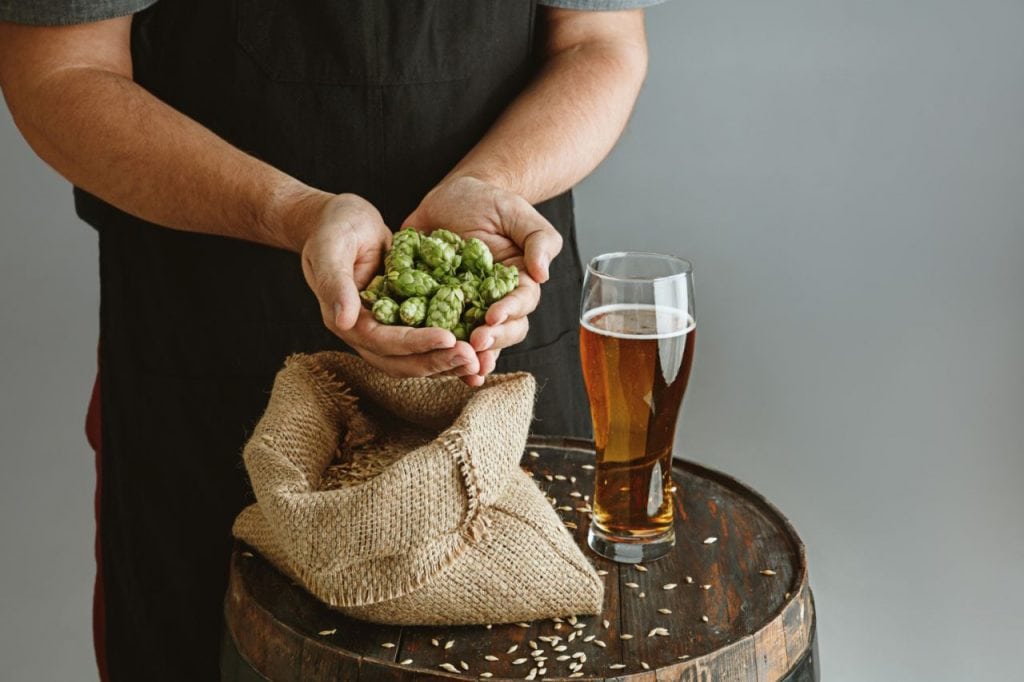
Is Draught Beer Superior?
Many beers are available on tap in addition to being packaged in cans and bottles. So, does the common belief that draught beer is superior have any basis?
The argument does make some sense, though. The beer loses its freshness and flavour when exposed to air and light. So keep your beer in the dark, whether in a cask or keg, especially if it's stored in a cellar like a real bar.
The same is true for cans, of course. In addition, it can potentially have an even lower likelihood of air leakage than other types of packaging.
However, bottles allow some light through. The dark colour of beer bottles is intended to decrease the amount of light that reaches the beer, although even this doesn't provide as much protection as a cask, keg, or can. In addition, some bottles may have some air leakage around the cap.
One may also argue that draught beer sells at a higher pace than packaged beer. Although no hard data supports this claim, it is generally accepted. This is significant because it indicates that the inventory is rotated frequently, increasing the likelihood that the beer you purchase will be of high quality.
However, it's important to remember that some beer varieties have a greater freshness concern than others. It would be best if you drank an IPA as soon as possible after it has been brewed, preferably within a month. So, betting on the draught is a smart move.
However, if an imperial stout is your favourite, you can drink some up to ten years after brewing. The length of time your beer has been sitting in the fridge or keg becomes much less of an issue as a result.
Are There Cons To Draught Beer?
Despite its widespread popularity and generally favourable critical reception, draught beer is not without its drawbacks. If bartenders don't care to keep the lines clean and sanitary, the beer dispensed from taps will quickly become polluted and unpleasant. In addition, some bars have extremely lengthy tap lines, making it difficult to maintain them all spotless.
Beer from barrels must rest for a particular period before it can be tapped. Therefore, not maintaining the proper temperature during brewing can result in unpalatable beer. If you own a bar and your beer tastes off, you may need to conduct some troubleshooting to figure out what's going wrong.
Is Draught Beer Better To Beer In Bottles?
Any beer drinker worth their hops will tell you that draught beer is leagues above the stuff you buy in a can or bottle. There are many factors that contribute to the superior flavour of draught beer, including the brewing process, the conditioning period, and the method of serving.
Even though it is an oxymoron and false, some bottled beer markets itself as draught beer because it is superior to bottled beer, and many companies will use it as a marketing strategy. Beer that is not served from a keg is not draught beer.
It's important to remember a few things when drinking draught beer to ensure it keeps all its qualities. A lack of resting time after shipping can cause excessive foaming. The taste can be altered if it's served excessively hot or cold. Not using your keg promptly or maintaining clean tap lines can also have an impact on the beer's quality. So, it has some additional instructions, but its fans are devoted.
Is Draught Beer Stronger?
Many beer drinkers believe bottled and canned beer is weaker than draught beer. And so, do you think they're right?
The alcohol percentage in a beer is a good indicator of its strength. The percentage of alcoholic content is expressed as an ABV, or alcohol content by volume. This percentage is the amount of alcohol in one hundred millilitres of beverage.
The alcohol content of a given brand may vary between draught and canned or bottled forms. The ABV in their prototype is only 5%. But there is also a distinction in how one drinks. Remember that beer's effects on you depend on more than simply its ABV. The rate at which it is consumed is also significant.
The beer from a draught system must travel through the taps and into the glass. Therefore, its carbon dioxide content will naturally decrease as it travels. This results in a beer that is smoother and less carbonated. Because of this, it can be consumed faster than bottled or canned. Perhaps this is why reducing the alcohol content of its draught beer.
Draft beers are typically cheaper than their bottled or canned counterparts. This could be another factor contributing to its popularity as a beverage. It's not true that draught beer is inherently more potent than bottled or canned beer. The fact that it is less difficult to consume than bottled or canned versions may have contributed to its notoriety for being simple to consume.
Anyone suffering the next day may incorrectly attribute their headache to the beer's potency. Instead, it's more likely that their consumption volume was the root of the problem.
Does Draught Beer Contain More Alcohol?
A widespread misconception is that draught beer has a higher alcohol content than packaged beer. In a nutshell, that's not possible to say. Beer's "alcohol by volume," or ABV, is the standard unit of measurement for its alcoholic content. Beers' alcohol by volume (ABV) is based on the beer's alcohol content, which varies by brand and style.
The alcohol percentage of a beer can vary between its draught and bottled forms. Case in point: whereas the alcohol by volume (ABV) of Original Pale Ale in cans is 5.6%, it is just 5.0% in its draught version. Because of the range in alcohol levels among beers, it's important to keep this in mind whenever you're sampling anything new.
Are Craft Beers Different From Draught Beers?
Yes, you can enjoy a draught beer from your favourite craft brewery. Craft beer is a hand-crafted, artisanal beer that is often brewed in smaller, more limited quantities, in which the brewer produces their own recipes and flavours through brewing experiments. Craft brewers are known for their innovative approaches to flavour creation, which they then use to attract customers when selling their finished products in cans, bottles, or kegs.
Conclusion
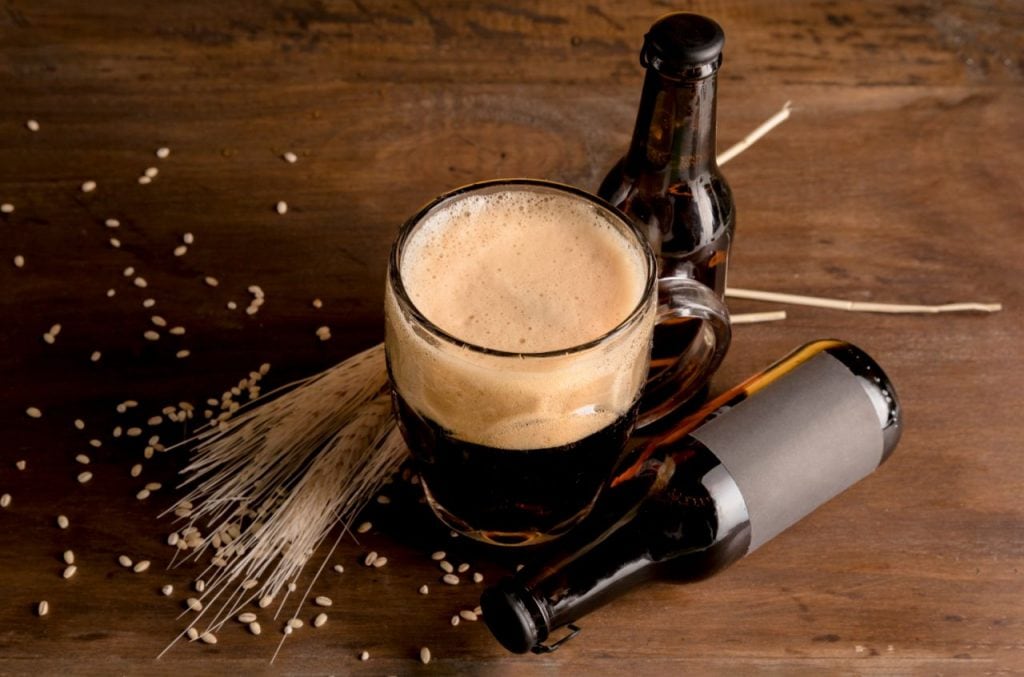
Craft beer is the only beer market sector expanding steadily in Australia. Beer delivered directly from a cask or keg is sometimes referred to as "draught beer". Many prefer draught beer because they believe it is fresher and tastier than bottled or canned beer. The term "real ale" was coined by an organisation in Britain to describe beers brewed using traditional methods. To be considered a real ale, a beer must have a slight fizz, or effervescence, on the tongue.
Cask-conditioned beer does not have carbon dioxide introduced during the production process. Beer in kegs is kept at the ideal cellar temperature of about 54 degrees. When stored properly, kegs of pasteurised beer have a shelf life of 90 to 120 days. However, once a keg is opened, it must be consumed on the same day. Despite its popularity, draught beer is not without its drawbacks.
If bartenders don't care to keep the lines clean and sanitary, the beer dispensed from taps will quickly become polluted and unpleasant. Not using your keg promptly or maintaining clean tap lines can also have an impact on the quality. A widespread misconception is that draught beer has a higher alcohol content than packaged beer. The fact that it is less difficult to consume than bottled or canned versions may have contributed to its notoriety. Craft beer is hand-crafted, an artisanal beer brewed in smaller, more limited quantities.
Content Summary
- As a result, the craft beer industry is thriving; in Australia, despite a general fall in beer and alcohol use, it is the only beer market sector expanding steadily.
- Draught, or draught, beer is the most popular among beer drinkers because of its fresh flavour and foamy head.
- The following are some of the most important aspects of draught beer that set it apart from the competition and explain why it is widely regarded as the best way to showcase the brewing arts: Beer delivered directly from a cask or keg is sometimes referred to as "draught beer."
- For example, some breweries use the phrase "draught beer" as a marketing gimmick because of the widespread belief that it is superior to bottled beer.
- Many prefer draught beer because they believe it to be fresher and tastier than bottled or canned beer.
- The question of whether or not draught beer and true ale are interchangeable is another source of ambiguity.
- As we've seen, a cask or keg can store draught beer.
- However, real ale has traditionally only been served from a cask.
- However, the term has expanded to include some bottled brews as well.
- An organisation in Britain called Campaign for Real Ale (CAMRA) popularised the phrase "real ale" to describe beers brewed using traditional methods.
- To be considered a real ale, a beer must have a slight fizz, or effervescence, on the tongue.
- Therefore, a cask, and not a pressurised container, was considered by purists to be the only acceptable source for draught beer.
- Beer from a keg is pressurised with carbon dioxide to simulate beer's natural carbonation from a cask.
- Beer in kegs is kept at the ideal cellar temperature of about 54 degrees.
- Many beers are available on tap in addition to being packaged in cans and bottles.
- So, does the common belief that draught beer is superior have any basis? The argument does make some sense, though.
- The beer loses its freshness and flavour when exposed to air and light.
- So keep your beer in the dark, whether in a cask or keg, especially if it's stored in a cellar like a real bar.
- One may also argue that draught beer sells at a higher pace than packaged beer.
- So, betting on the draught is a smart move.
- However, if an imperial stout is your favourite, you can drink some up to ten years after brewing.
- Therefore, not maintaining the proper temperature during brewing can produce unpalatable beer.
- If you own a bar and your beer tastes off, you may need to conduct some troubleshooting to figure out what's going wrong.
- There are many factors that contribute to the superior flavour of draught beer, including the brewing process, the conditioning period, and the method of serving.
- Beer that is not served from a keg is not draught beer.
- Not using your keg promptly or maintaining clean tap lines can also have an impact on the beer's quality.
- Many beer drinkers believe bottled and canned beer is weaker than draught beer.
- And so, do you think they're right? The alcohol percentage in a beer is a good indicator of its strength.
- The alcohol content of a given brand may vary between draught and canned or bottled forms.
- Because of this, it can be consumed faster than bottled or canned.
- Perhaps this is why reducing the alcohol content of its draught beer.
- It's not true that draught beer is inherently more potent than bottled or canned beer.
- A widespread misconception is that draught beer has a higher alcohol content than packaged beer.
- Beer's "alcohol by volume," or ABV, is the standard unit of measurement for its alcoholic content.
- Beers' alcohol by volume (ABV) is based on the beer's alcohol content, which varies by brand and style.
- The alcohol percentage of a beer can vary between its draught and bottled forms.
- Yes, you can enjoy a draught beer from your favourite craft brewery.
FAQs About Draught Beer
What Affects The Taste Of Draught Beer?
Pressure and temperature are just two of many variables that determine the flavour of a draught beer. However, more factors contribute to an enjoyable drinking experience. As an illustration, you'll have to use an open cup whenever you order a draught beer.
Why Is Draught Beer Better?
Some factors give draught beer its outstanding quality. To begin with, the keg acts as a shield, preventing any deterioration from exposure to light. Moreover, because the keg blocks oxygen from entering, beer stays fresh for longer.
How Long Does It Take For Draught Beer To Kick In?
Kegs usually go flat within two days of being tapped. Therefore regular replenishment is required. Another benefit of draught beer is that it earns more money than bottles. Most current draught setups allow for simple adjustments to pressure and temperature, resulting in a subtle change in mouthfeel.
Does Draught Beer Have A Different Mouth Feel From A Can?
Many beer drinkers claim that the draught variety tastes and feels different from canned beer. Three primary factors contribute to beer drinkers' widespread preference for draught beers. First, freshness is significantly different between bottled and draught beer.
Pressure and temperature are just two of many variables that determine the flavour of a draught beer. However, more factors contribute to an enjoyable drinking experience. As an illustration, you'll have to use an open cup whenever you order a draught beer.
Some factors give draught beer its outstanding quality. To begin with, the keg acts as a shield, preventing any deterioration from exposure to light. Moreover, because the keg blocks oxygen from entering, beer stays fresh for longer.
Kegs usually go flat within two days of being tapped. Therefore regular replenishment is required. Another benefit of draught beer is that it earns more money than bottles. Most current draught setups allow for simple adjustments to pressure and temperature, resulting in a subtle change in mouthfeel.

